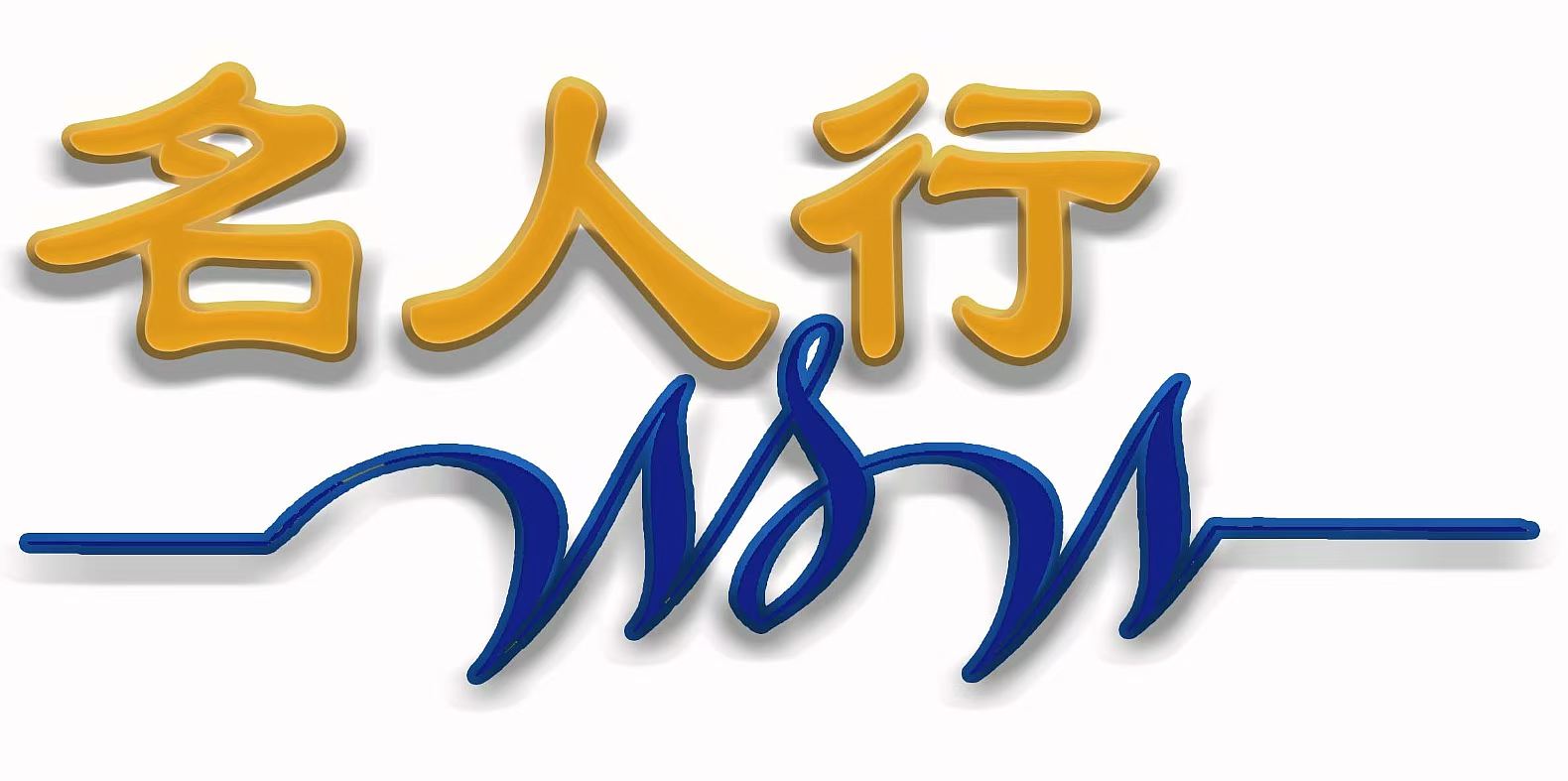LangGraph is a powerful framework developed by LangChain for building stateful, multi-agent applications using large language models (LLMs). It emphasizes flexibility, reliability, and human-in-the-loop control, making it suitable for complex workflows like chatbots, multi-agent systems, and retrieval-augmented generation (RAG). Below is a detailed overview of its core features, use cases, and ecosystem:
Core Features of LangGraph 127
- Stateful Graph ArchitectureLangGraph models workflows as stateful graphs where nodes represent computational steps (e.g., LLM calls, tool execution) and edges define transitions between nodes. This allows cycles, enabling iterative agent reasoning and dynamic task handling. For example, agents can loop to refine search queries or reroute workflows based on intermediate results.
- Human-in-the-Loop ControlIntegrate human oversight at critical points, such as approving tool execution or correcting agent actions. This ensures reliability and alignment with business rules. LangGraph also supports "time travel" to roll back and explore alternative paths in workflows15.
- Streaming & Real-Time UXProvides token-by-token streaming for LLM responses and intermediate step visibility, improving user experience by showing agent reasoning in real time13.
- Persistence & Fault ToleranceBuilt-in checkpointing and memory management retain conversation history and application state across sessions, enabling long-running workflows and recovery from interruptions57.
- Multi-Agent OrchestrationCoordinate multiple specialized agents (e.g., for research, coding, or customer support) within a single workflow. This is ideal for tasks requiring parallel execution or hierarchical decision-making410.
Key Use Cases 3410
- Chatbots: Create agents that handle nuanced conversations, route complex queries to humans, and use tools like web search (e.g., Klarna’s customer support bot for 85 million users).
- Multi-Agent Systems: Deploy collaborative agents for tasks like threat detection (Elastic) or code generation (Replit).
- RAG Optimization: Improve retrieval-augmented generation by enabling agents to refine queries iteratively based on initial results.
- Workflow Automation: Design stateful workflows for tasks like financial analysis, travel planning, or automated report generation.
LangGraph vs. LangChain 10
While both are part of the LangChain ecosystem, they serve distinct purposes:
- LangChain: Focuses on modular NLP chains (e.g., text generation, translation) with step-by-step reasoning and memory management.
- LangGraph: Specializes in graph-based orchestration for cyclical, multi-agent workflows. It extends LangChain by adding stateful control flows and human collaboration features.
Deployment & Ecosystem 158
- Open-Source Core: LangGraph is MIT-licensed and integrates with LangChain components (e.g., LangSmith for monitoring)2.
- LangGraph Platform: A commercial offering for scalable deployment, featuring templated workflows, auto-scaling infrastructure, and visual debugging via LangGraph Studio15.
- Model & Tool Flexibility: Supports Anthropic Claude, OpenAI, Gemini, and custom models. Tools can be Python functions or LangChain utilities (e.g., web search APIs)8.
Example Implementation
A currency exchange agent using LangGraph might:
- Receive a user query (e.g., "USD to SEK rate").
- Invoke a tool to fetch real-time data from an API.
- Route the result to an LLM for formatting.
- Add human approval for sensitive transactions8.
- python
- 复制
- 下载
# Simplified code snippet from Google Vertex AI integration:cite[7]
from vertexai import agent_engines
agent = agent_engines.LanggraphAgent(
model="gemini-2.0-flash",
tools=[get_exchange_rate], # Custom tool for API calls
model_kwargs={"temperature": 0.28}
)
response = agent.query(input={"messages": [("user", "USD to SEK rate today?")])Adoption & Future Directions
Used by companies like Uber, LinkedIn, and GitLab, LangGraph is evolving to support advanced NLP, stateful tools, and enhanced multi-agent collaboration. Its open-source foundation and enterprise-ready platform make it a versatile choice for AI-driven applications2710.
For developers, the Quickstart Tutorial and LangSmith integration provide practical entry points.

Comments (0)
No comments